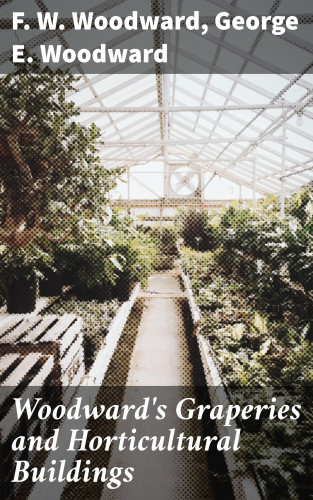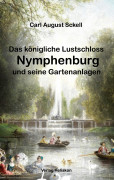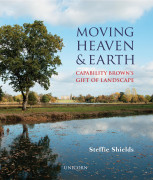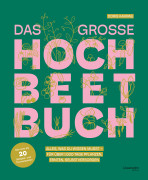F. W. Woodward, George E. Woodward: Woodward's Graperies and Horticultural Buildings

| Produkttyp: | eBook-Download |
|---|---|
| Verlag: | Good Press |
| Erschienen: | |
| Sprache: | Englisch |
| Seiten: | 1.652 (Druckfassung) |
| Format: | EPUB
Info▼
|
| Download: | 2,3 MB |
Woodward's Graperies and Horticultural Buildings stands as a pivotal anthology that transcends mere architectural instruction, encapsulating the zenith of 19th-century horticultural architecture and its nuanced relationship with the natural world. This collection, curated with a precise eye for detail by F.W. Woodward and George E. Woodward, melds practical architectural guidance with philosophical musings on the symbiosis between human and plant life. Featuring a diverse array of design plans ranging from simple grape arbors to sophisticated conservatories, this anthology not only offers a window into the historical context of garden design but also highlights significant advancements in glasshouse technology and environmental control methods that were ahead of their time. The editors' selection of writings is remarkable for its breadth and depth, providing readers with a comprehensive understanding of the eras horticultural innovations. The contributing authors, F. W. Woodward and George E. Woodward, bring a wealth of experience and insight to the collection. Their backgrounds in architecture and horticulture, respectively, facilitated a groundbreaking approach to the design of horticultural buildings, integrating aesthetic beauty with functional utility. This anthology captures a moment in history where the intersection of art and science sparked a movement towards more sustainable and harmonious living environments. Woodward's Graperies and Horticultural Buildings is an indispensable resource for students and enthusiasts of architecture, horticulture, and environmental history. Its invaluable compilation of designs and discussions offers a distinctive opportunity to engage with the leading voices of 19th-century horticultural architecture. Readers are invited to explore this collection not only for its historical significance but also for its ability to inspire contemporary considerations of ecological sensitivity and sustainability in architectural design.











